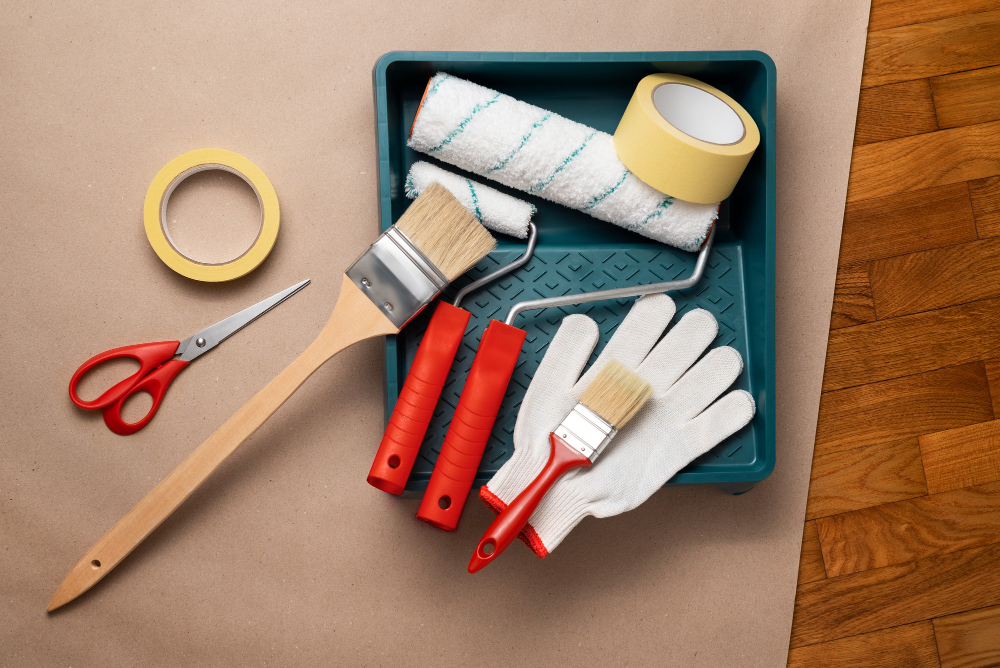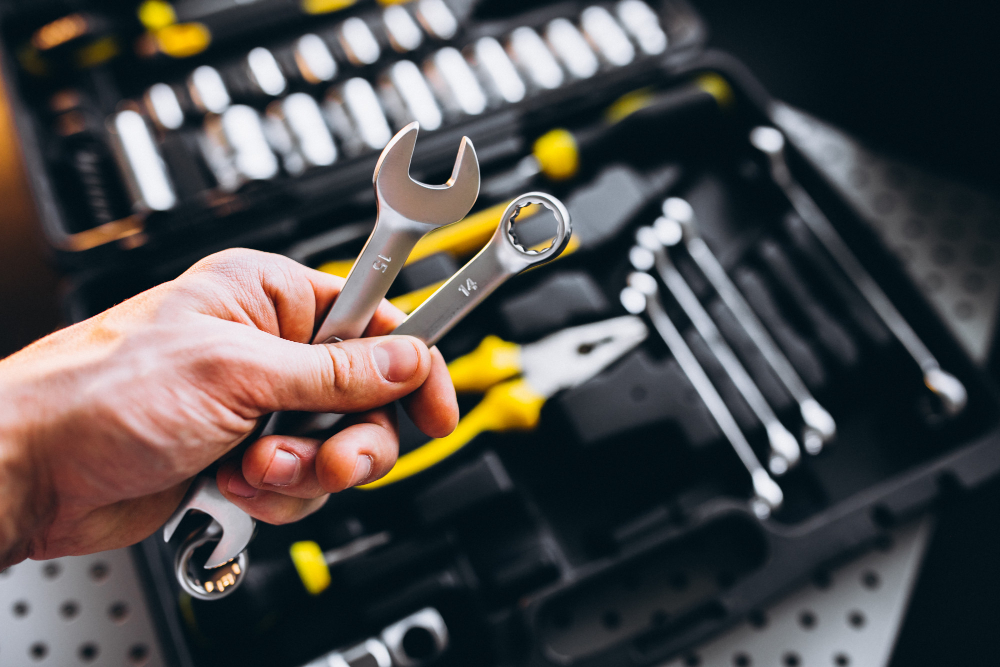Last updated on
Embarking on a do-it-yourself (DIY) home project is a rewarding and empowering experience. Whether planning to renovate a room, build furniture, or tackle a home improvement task, having the right tools is crucial for success.
Finding the appropriate tools for your DIY project can be a daunting task, especially if you’re not familiar with the wide range of tools available. This comprehensive guide walks you through selecting the right tools for your DIY home project, ensuring that you have the equipment you need to get the job done effectively and efficiently.
What's Inside
Research and Plan

Start by searching for information and resources related to your project. This can include online tutorials, DIY forums, books, and expert advice. Look for project-specific tool lists or recommendations from experienced DIYers undertaking similar tasks.
The specialist quality bolt suppliers associated with www.fixabolt.co.uk suggest you understand the materials you’ll work with and their unique characteristics. For instance, a bolt supplier can guide you in selecting the correct fasteners for your project. These considerations ensure that your chosen tools are appropriate for the materials and tasks.
Assess the complexity of your project. Some projects may be simple and require only essential tools, while others could involve intricate details and demand specialized equipment. Determine if your project consists of any safety considerations. Safety should be a top priority, so make a list of protective gear and safety equipment you may need, such as gloves, safety goggles, masks, or hearing protection.
Create a Tool List

With a clear understanding of your project and the research you’ve conducted, create a comprehensive tool list. This list should include all the tools and equipment required to complete your DIY project successfully. Organize your tool list by categories or tasks, such as cutting, measuring, fastening, and finishing. Be as detailed as possible to ensure you don’t overlook essential tools.
Prioritize Essential Tools

After creating your tool list, it’s time to prioritize the essential tools. Not all tools on your list are equally important, and some may be indispensable, while others are nice to have but not critical. Prioritizing your tools helps you focus on acquiring the most vital equipment first. Consider categorizing your tools into three priority levels:
- Must-Have Tools: These are the tools that are essential for your project’s success. Without them, you won’t be able to complete the project. Focus on acquiring these tools first.
- High-Priority Tools: These tools are essential for your project, but there may be alternative methods or workarounds if you don’t have them. If your budget is limited, consider getting these tools after the must-have tools.
- Nice-to-Have Tools: These tools can make the project more convenient, efficient, or aesthetically pleasing, but they are not critical to completion. You can add them to your toolkit over time.
Consider Tool Quality

The quality of the tools you choose can significantly impact the outcome of your DIY project. High-quality tools are more durable, precise, and efficient, making your work easier and more enjoyable.
Well-established and reputable tool brands often produce reliable and durable products. Look for reviews and recommendations from experienced DIYers to identify trusted brands. Examine the materials used in the construction of the tools. High-quality tools are typically made from sturdy materials like steel or aluminum.
Shop Smart and Compare Prices
Once you have a clear idea of the essential tools you need and their desired quality, it’s time to start shopping. There are various options to acquire tools:
- Local Hardware Stores: Visit your local hardware stores, home improvement centers, or tool shops. These stores often have knowledgeable staff who can provide guidance and answer your questions.
- Online Retailers: Online shopping provides many tools and often competitive prices. Read product descriptions, customer reviews, and ratings to make informed choices.
- Secondhand and Used Tools: You can find good-quality used tools at thrift stores, garage sales, or online marketplaces. Be selective and inspect second hand tools for signs of wear or damage before purchasing.
Invest in Tool Storage and Organization
Once you’ve acquired your tools, it’s essential to invest in proper storage and organization. Organizing your tools not only helps keep them in good condition but also saves you time when you need to locate a specific tool.
Toolboxes are portable. Look for those with multiple compartments, trays, and a sturdy handle for easy carrying. Tool cabinets are more significant and designed for storing a more extensive collection of tools. They often feature drawers, shelves, and locking mechanisms to keep your tools organized and safe.
Pegboards mounted on a wall, along with hooks and hangers, can provide a convenient way to display and access your most-used tools. This approach is beneficial for small workshops and garages.
Finding the appropriate tools for your DIY home project is a crucial step in ensuring its success. By defining your project, researching, planning, and prioritizing tools, you can create a well-organized toolset that meets your specific project needs.
Remember that investing in high-quality tools improves durability, precision, and efficiency. Finally, take the time to organize and learn how to use your tools effectively, as this will enhance your DIY capabilities and enable you to tackle future projects confidently and skillfully.




